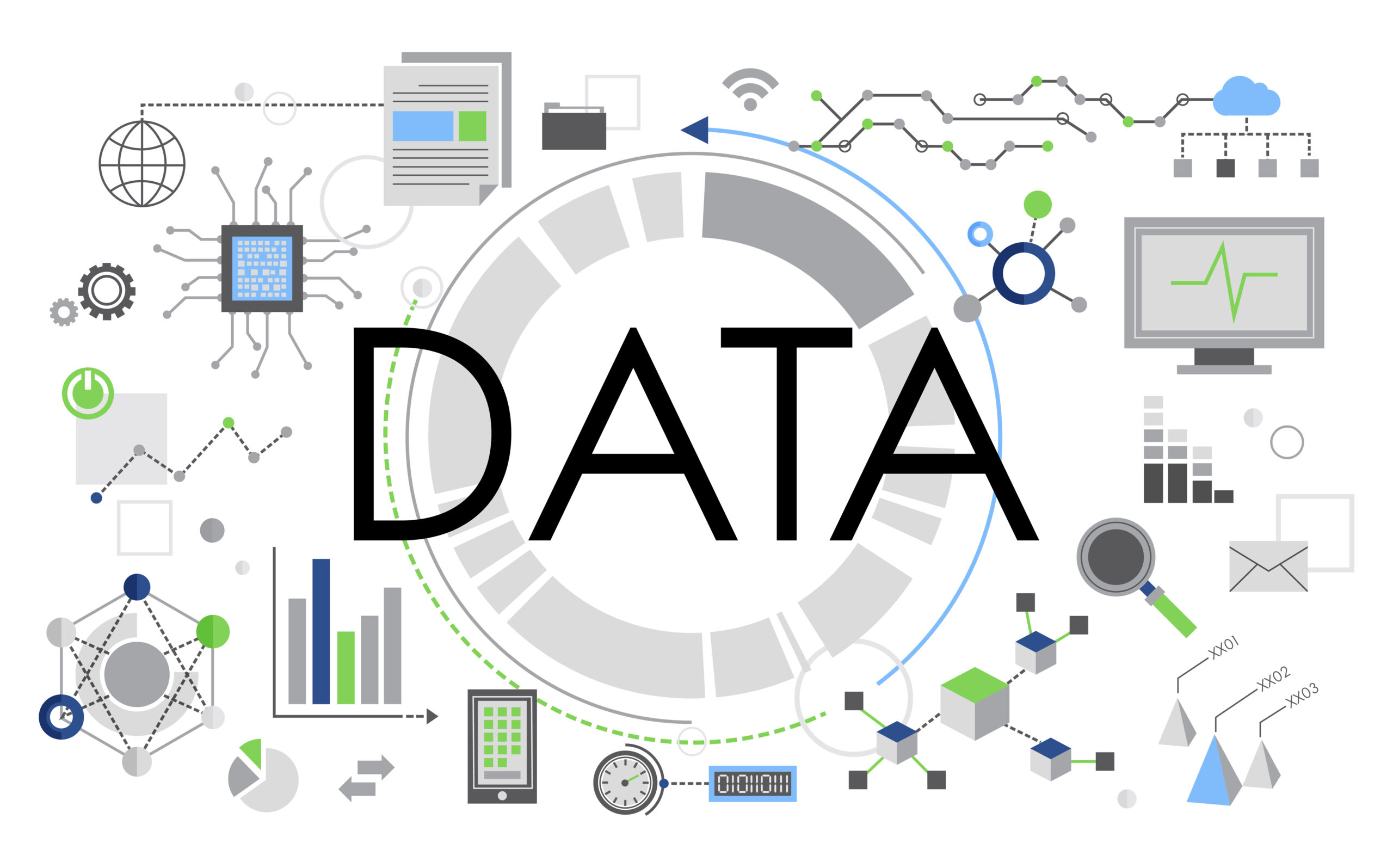How data mining and gathering is probably the best way to do direct marketing in a B2B market
In the highly competitive world of business, it’s crucial to have an effective marketing strategy that can help reach target audiences and drive sales. For B2B companies, direct marketing can be an effective way to reach potential customers and build lasting relationships. Data mining and gathering play a critical role in this process, as they allow companies to gather valuable insights and information on their target audience, helping them tailor their messaging and approach. This can lead to higher response rates, increased conversions, and ultimately, greater business success.
Benefits of Data Mining and Gathering for B2B Direct Marketing

Data mining and gathering provide businesses with valuable insights into their customers’ needs and preferences. By analyzing customer data, businesses can gain a deeper understanding of what their customers are looking for and tailor their products and services to meet those needs. This helps businesses to be more efficient and effective in their marketing efforts.
Personalizing marketing messages is an essential aspect of B2B direct marketing. Data mining and gathering allow businesses to segment their customer base and send targeted messages to each group. By personalizing messages, businesses can increase the effectiveness of their marketing campaigns and engage customers in a more meaningful way.
Identifying potential leads and expanding the customer base is another key benefit of data mining and gathering in B2B direct marketing. By analyzing customer data, businesses can identify potential customers who may be interested in their products or services. This helps businesses to expand their customer base and increase revenue. Data mining and gathering also allows businesses to track customer behavior and preferences, which can help them to identify new market opportunities and create more effective marketing strategies.
The Role of Background Checks in Data Mining
One of the key roles of background checks in data mining is to ensure the accuracy and legitimacy of the data gathered. By verifying information such as personal and business contact information, employment history, and professional credentials, marketers can ensure that the data they are collecting is accurate and up-to-date. This can help them avoid wasting resources on incorrect or outdated data and increase the efficiency of their marketing efforts.
In B2B direct marketing, it’s important to understand the financial status of potential customers before making any sales pitches. Background checks can be used to check the credit and financial status of potential customers to determine their creditworthiness and ability to pay. This can help marketers make more informed decisions about which customers to target and how to structure their marketing messages. In addition to the importance of checking the financial status of potential customers, it is equally important to choose a reputable background check service for accuracy and legitimacy of the gathered data. Reading reviews of different services is a good place to start, as it can help to identify the most reliable and trustworthy providers. One such example is TruthFinder, which has been reviewed by SFGATE, and can provide marketers with the necessary information to make informed decisions.
Another important role of background checks in data mining is to confirm employment and business history. This can include verifying job titles, company affiliations, and business ownership, as well as checking for any history of legal or financial issues. By verifying this information, marketers can gain a better understanding of potential customers’ backgrounds and make more informed decisions about how to approach them.
Tools and Techniques for Data Mining and Gathering
Social media platforms can be used to gain insights into the needs and preferences of potential customers. By analyzing social media profiles and activities, marketers can learn about the products and services that potential customers are interested in, as well as their purchasing behavior and patterns. This information can be used to tailor marketing messages and offers to specific audiences.
Online reviews and forums are also valuable sources of information for data mining and gathering. By analyzing customer feedback and comments, marketers can gain insights into the strengths and weaknesses of their products or services. This information can be used to improve the quality of the products and services, as well as to tailor marketing messages and offers to specific audiences.
Surveys and questionnaires can be used to directly collect data from potential customers. This method can be particularly effective in gaining insights into customer preferences and needs. By asking specific questions about their experience and preferences, marketers can tailor their marketing messages and offers to specific audiences, as well as identify potential leads for sales pitches.
Potential Risks and Challenges of Data Mining and Gathering
thering for B2B direct marketing. It’s crucial to adhere to data protection regulations and avoid any unethical practices, such as collecting data without consent or misusing personal information. Companies need to be transparent about their data collection practices and inform their customers about how their data will be used.
Security and privacy concerns are another potential risk when conducting data mining and gathering. Companies need to ensure that their systems are secure and that customer data is protected from potential breaches or hacks. Customers need to trust that their data is secure and that their privacy is respected, which is crucial for maintaining a positive brand reputation.
There are limitations to the data gathered and possible biases in data mining and gathering. The data collected may not represent the entire population of potential customers, and it may be biased toward certain demographics or geographic locations. Companies need to be aware of these limitations and work to address any potential biases to ensure that their marketing efforts are effective and inclusive.
To Sum Up the Information
Data mining and gathering have proven to be highly effective tools for B2B direct marketing. By understanding customers’ needs and preferences, personalizing marketing messages, and identifying potential leads, marketers can improve their marketing strategies and expand their customer base. However, there are also risks and challenges associated with data mining and gathering, including legal and ethical considerations, security and privacy concerns, and limitations of data and possible biases. It is important for businesses to be responsible and ethical in their use of data, while also being mindful of the potential risks and challenges. By doing so, businesses can leverage the power of data to improve their B2B marketing strategies and achieve greater success in the market.


















